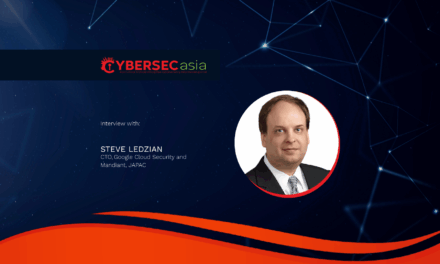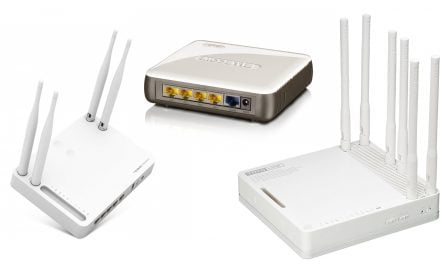What you thought you know about this cybersecurity model could prevent you from adopting it, or worse, implementing it correctly!
Since its introduction a decade ago, Zero Trust has gained wide acceptance as an industry standard, and has evolved into a major market segment of the cybersecurity industry.
However, did you know that the way it is normally implemented is not really ‘zero’ trust? In the strictest sense, it is better described as ‘limited’ or ‘defined’ trust.
In fact this myth, and four other misunderstood aspects of zero trust have prevented some organizations from adopting or fully understanding this model of cybersecurity.
Myth 1: Zero really means absolute zero
Zero Trust is an improvement on cybersecurity models that came before it, but the reality is that you are still connecting users and devices to resources and information based on authentication processes or other controls.
Where trust is implied (and not at absolute zero), that means there is potential for that trust to be exploited.
Myth 2: It can be achieved with a single product
Zero Trust cannot be achieved with a single, specific product or even vendor ecosystem. The entire concept will likely be composed of a collection of products, but even organizations that attempt to pull together capabilities across diverse technology domains will inevitably struggle to cover everything adequately.
Zero Trust capabilities must be pluggable, able to accommodate failure states, and designed with the understanding that at some point, they will be ineffective or redundant due to technological progress or changes to the value of the data assets they protect.
Myth 3: It is a one-off exercise
In reality it is not a single-application solution, but built around a concept: never blindly trust, always verify. It means that we always assume that a breach is possible.
The concept of Zero Trust is designed to be continuously reviewed and optimized. The good news is that the fluid, integrated nature that the strategy promotes makes it easier to adapt to change.
Myth 4: One-size-fits-all
Applying Zero Trust principles will not produce the same solution for every organization. In fact, it is unlikely that any two organizations will arrive at the same solution, and even if they do, things will continually need to change to accommodate evolving situations.
Zero Trust implementations need to be customized for specific organizations based on corporate culture, IT standards, compliance obligations, and (most importantly) the collection of in-house and packaged applications used.
Myth 5: It is second-best
The decision to rely on Zero Trust is not a case of “I can’t use my network defenses, so I’ll settle for something less.”
Proper application of Zero Trust measures should materially improve security.
Traditional on-site security technology is too rigid to properly address the demands of contemporary IT environments, and while Zero Trust is not a silver bullet, it offers a practical and scalable solution for businesses of all sizes that may be looking to maintain and improve their cybersecurity and data protection—whatever their topology.

















